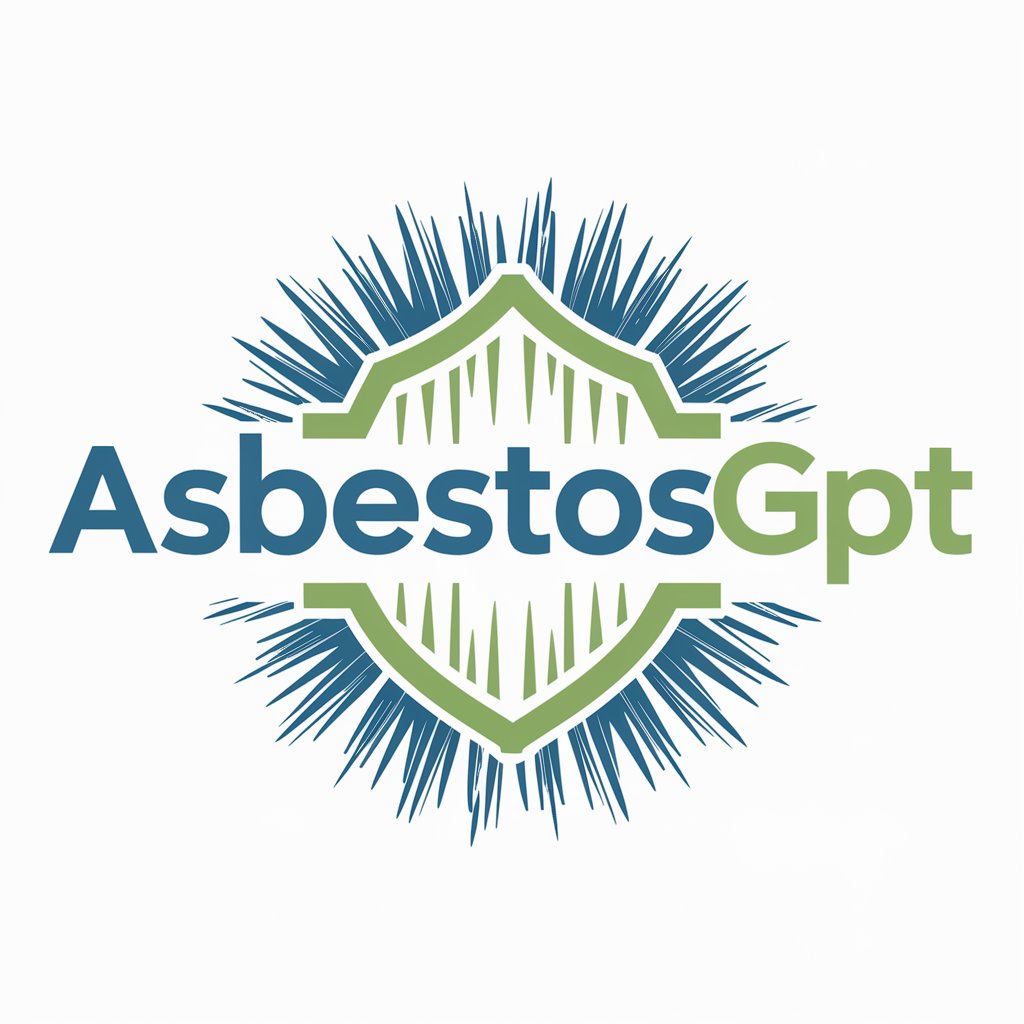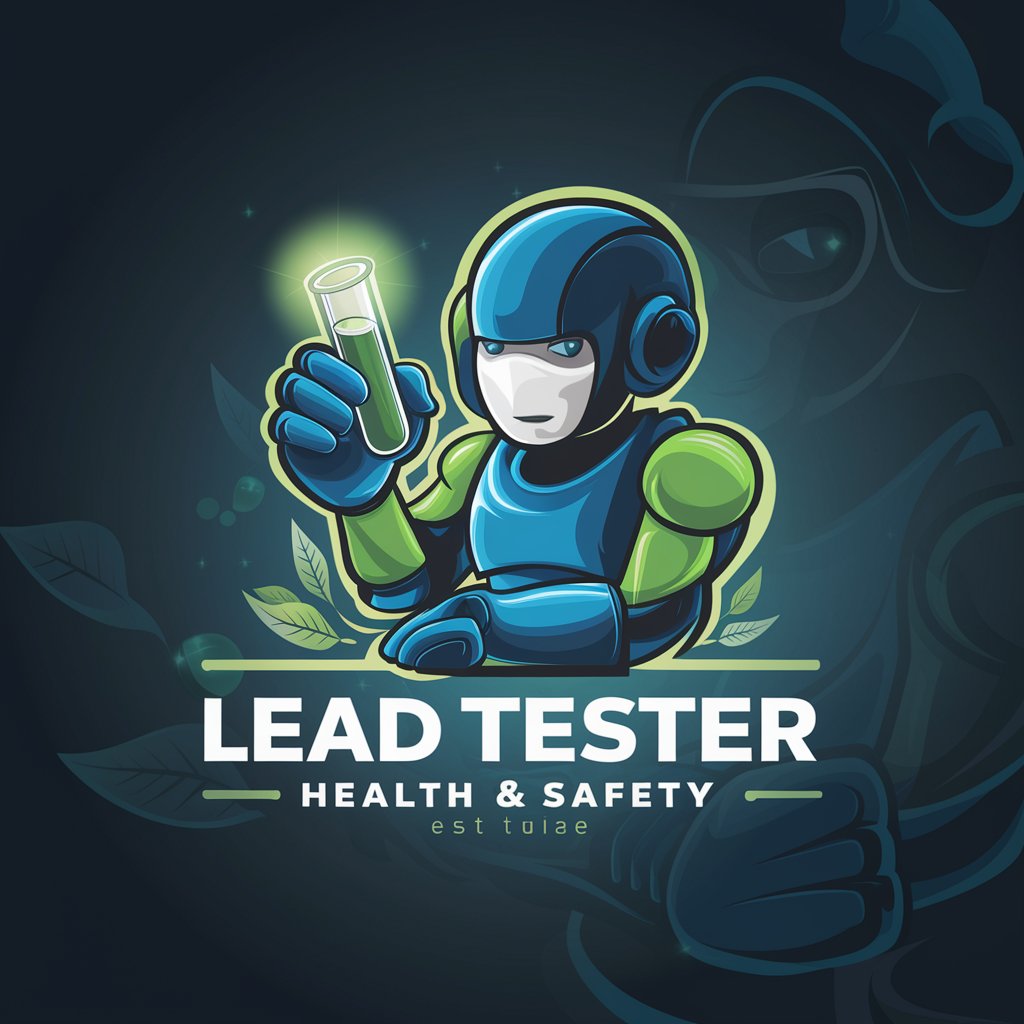4 GPTs for Home Inspection Powered by AI for Free of 2025
AI GPTs for Home Inspection refer to the application of Generative Pre-trained Transformers tailored specifically for tasks within the home inspection industry. These tools leverage the advanced capabilities of AI to analyze, predict, and generate insights relevant to property assessment, safety evaluations, and maintenance checks. By integrating GPT technology, these platforms offer solutions that streamline the inspection process, enhance accuracy, and provide comprehensive reports, making them indispensable for both routine and specialized property evaluations.
Top 4 GPTs for Home Inspection are: Asbestos,Home Handover Guide,Lead Tester,Bed Bug Identifier
Key Attributes and Functions of Home Inspection AI Tools
AI GPTs designed for Home Inspection boast a range of features that cater to the diverse needs of the inspection process. These include natural language processing for interpreting and generating inspection reports, image recognition capabilities to identify defects and issues from photos, and data analysis tools for trend identification and risk assessment. They can adapt from straightforward tasks like checklist completion to complex analyses involving structural integrity and compliance with regulations. Special features may also encompass technical support, web searching for up-to-date codes and standards, and integration with existing property management systems.
Who Benefits from AI-Powered Home Inspection Tools
The primary users of AI GPTs for Home Inspection include home inspectors, real estate professionals, property managers, and construction companies. Novices in the field can leverage these tools for guided inspections and learning, while experts can customize the AI's capabilities for in-depth analyses and reporting. Additionally, developers in the real estate and construction sectors can use these tools to create bespoke solutions, enhancing efficiency and accuracy in property evaluation processes.
Try Our other AI GPTs tools for Free
Systems Analysis
Discover how AI GPTs for Systems Analysis revolutionize the field with tailored solutions, enhancing decision-making and efficiency in complex system evaluations.
Innovative Projects
Discover how AI GPTs for Innovative Projects can transform your ideas into reality, offering adaptable, user-friendly tools for pioneering solutions across various fields.
DJ Sets
Explore the future of DJing with AI GPTs for DJ Sets: innovative tools designed to revolutionize music mixing, production, and performance through intelligent automation and personalized recommendations.
Christmas Creativity
Discover the magic of AI GPTs for Christmas Creativity: your go-to solution for personalized festive greetings, decorations, and more, designed to bring your holiday ideas to life effortlessly.
Advent Calendar
Revolutionize your Advent Calendar experience with AI GPT tools, offering personalized, interactive content for a memorable holiday season.
Festive Tales
Discover the magic of AI GPTs for Festive Tales - your gateway to creating engaging, culturally-rich festive narratives with ease.
Expanding the Potential of AI in Property Evaluation
AI GPTs for Home Inspection represent a significant leap forward in property technology. Their adaptability and learning capabilities enable a customized approach to each inspection, ensuring thoroughness and compliance. The ease of integration with existing workflows and systems further enhances their utility, making them a valuable asset for professionals seeking to leverage the latest in AI to improve property assessment outcomes.
Frequently Asked Questions
What exactly does an AI GPT for Home Inspection do?
It applies AI and machine learning to automate and enhance various aspects of home inspections, including report generation, issue identification, and risk assessment.
Can non-technical users easily operate these AI tools?
Yes, these tools are designed with user-friendly interfaces that require minimal to no coding skills, making them accessible to a wide range of users.
How do AI GPTs improve the accuracy of home inspections?
By utilizing advanced algorithms and learning from vast datasets, AI GPTs can identify patterns and anomalies that might be missed by human inspectors, thereby increasing the accuracy of inspections.
Are there customization options available for professionals?
Yes, professionals with coding skills can further customize the AI's functionality to suit specific inspection needs or integrate with existing systems.
Can these tools replace human inspectors?
While they significantly enhance efficiency and accuracy, they are intended to complement human inspectors by automating routine tasks and providing data-driven insights, not replace them.
How do these AI tools handle image-based inspections?
They use image recognition technology to analyze photographs from inspections, identifying potential issues like cracks, leaks, or structural damage.
Can AI GPTs for Home Inspection adapt to different types of properties?
Yes, they can be tailored to various property types, from residential homes to commercial buildings, by adjusting parameters and training on relevant data.
How do these tools stay updated with current regulations and standards?
They incorporate web searching and data analysis capabilities to access and integrate the latest codes, standards, and best practices into their assessments.


